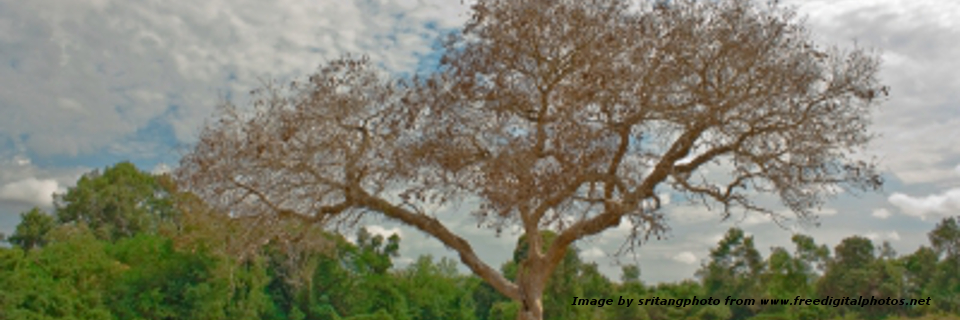Xylella: new studies ossesse

27/04/2015
There is currently no scientific evidence to support the suggestion that fungi rather than the bacterium Xylella fastidiosa are the primary cause of the olive quick decline syndrome observed in Apulia, southern Italy. That is the main finding of an analysis carried out by EFSA of new studies and other information submitted to the Authority.
In addition, there is no published evidence that treatment of fungal disease will reduce the establishment, spread and impact of Xylella, although good orchard management is generally beneficial for plant health. The papers examined by EFSA observe that tracheomycotic fungi are often associated with olive wilt and could also be involved with olive quick decline syndrome. However, the research neither states nor demonstrates that these fungi are the primary cause of olive decline. EFSA stated in its risk assessment of X. fastidiosa, published in January 2015, that diseased olive trees "were generally affected by a combination of pests, including X. fastidiosa, several fungal species belonging to the genera Phaeoacremoniumand Phaemoniella and Zeuzera pyrina (leopard moth)". The new studies, together with other available evidence, support this statement. EFSA concluded that eradication of X. fastidiosa – i.e. its total elimination from an outbreak area – is unlikely to succeed in areas where the pest is widely established, because of the broad range of host plant and insect vector species. X. fastidiosa is established across tens of thousands of hectares in the Lecce province of Apulia. However, using a combination of containment measures – such as preventing the movement of infected plants or infectious insect vectors, removing infected plants, controlling insect vectors and managing surrounding vegetation – could help to prevent or slow down the spread of the pest from Lecce province to neighbouring areas or other territories of the EU.

